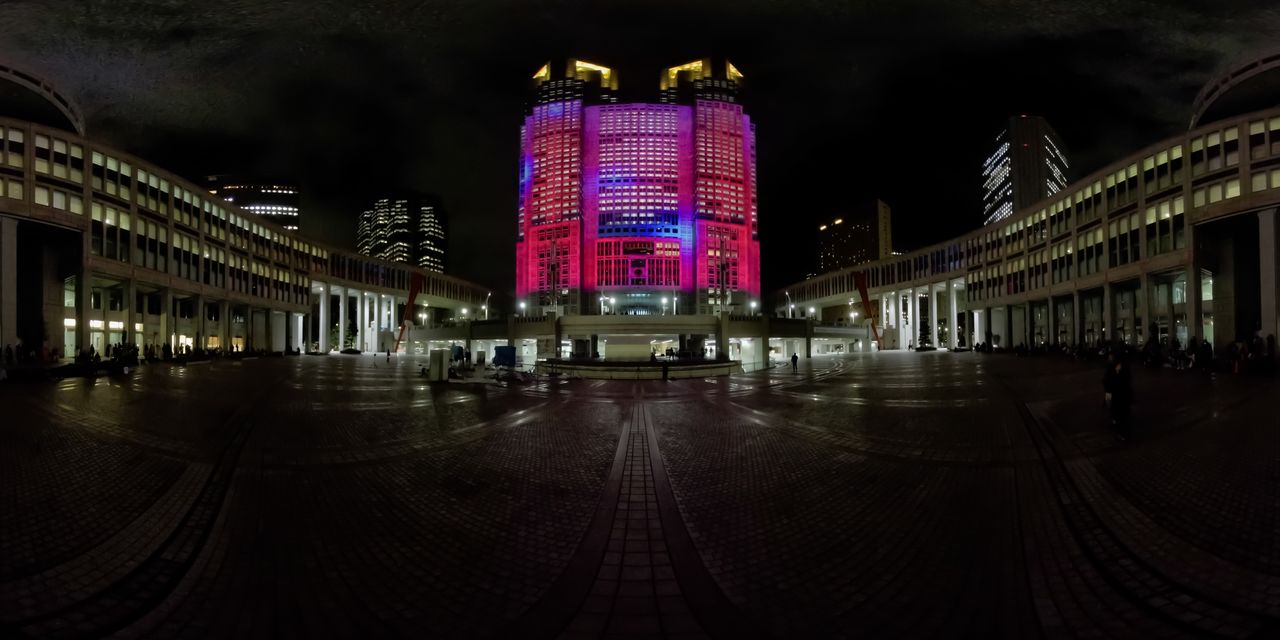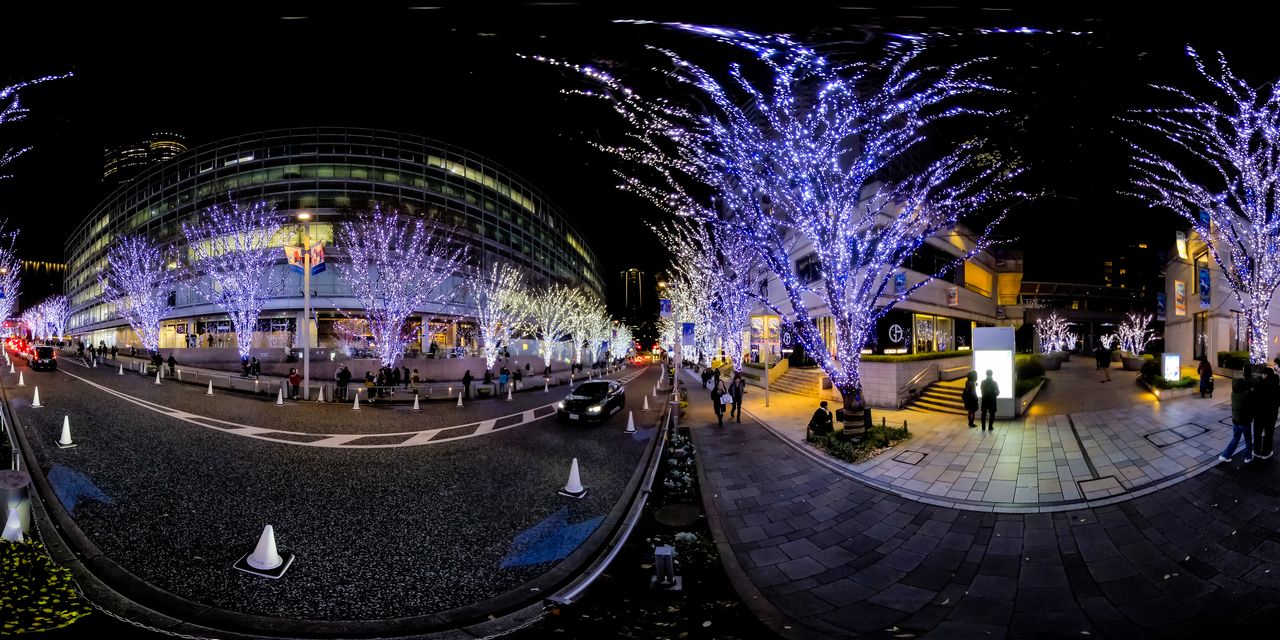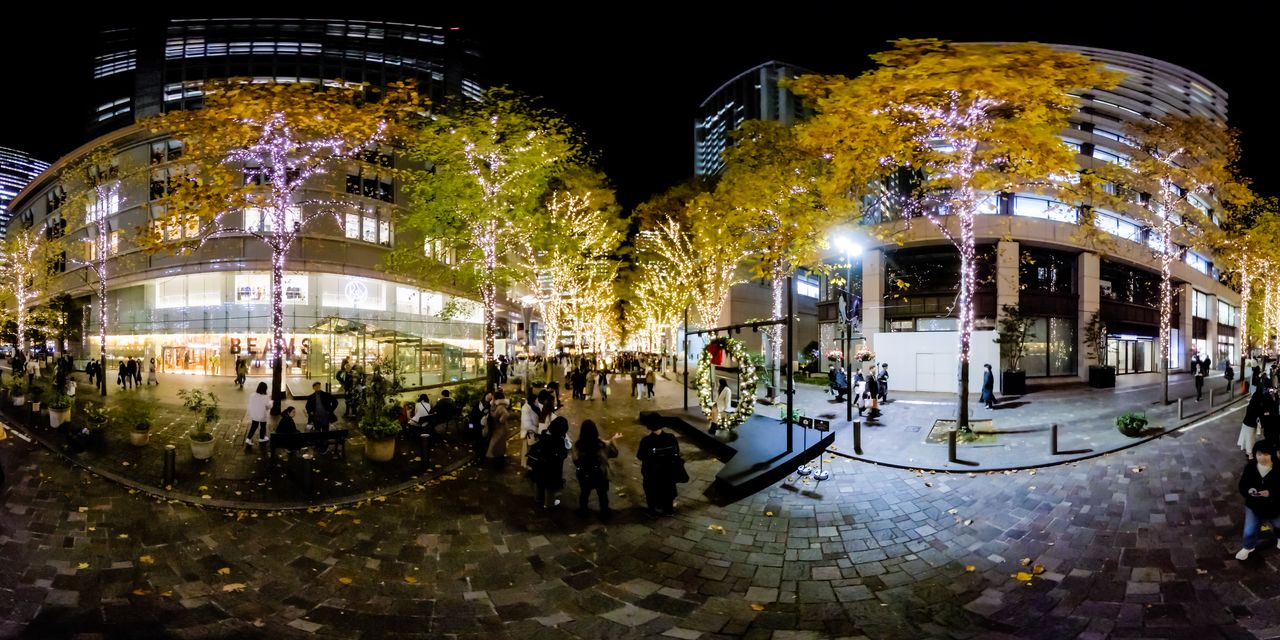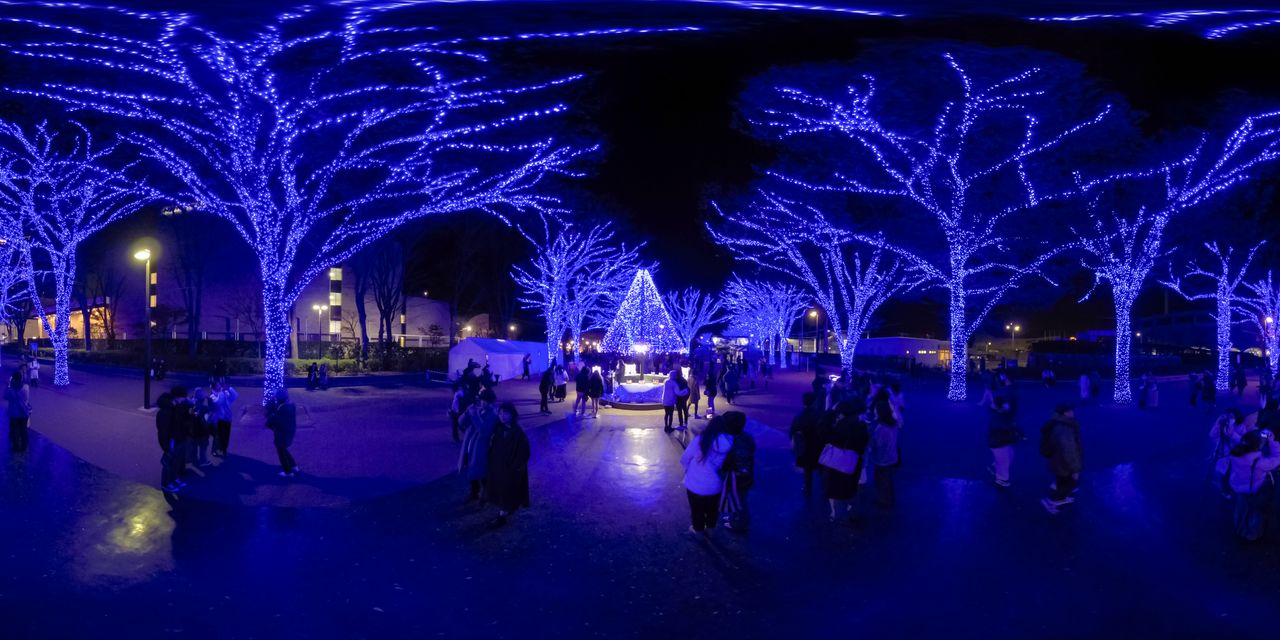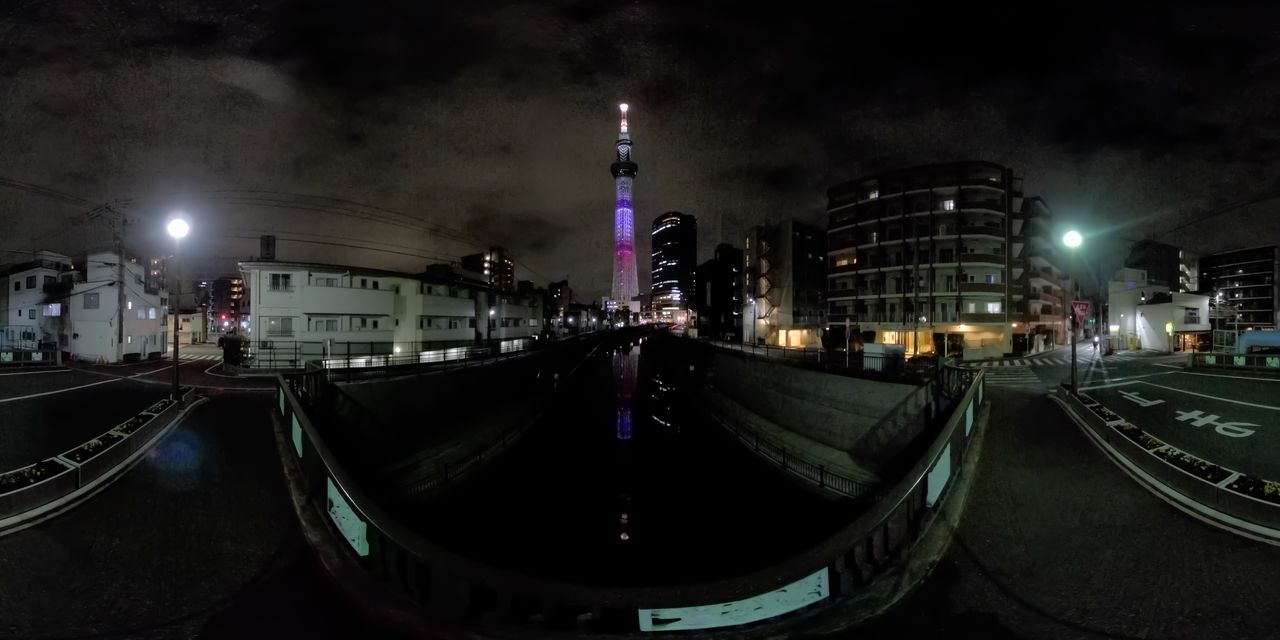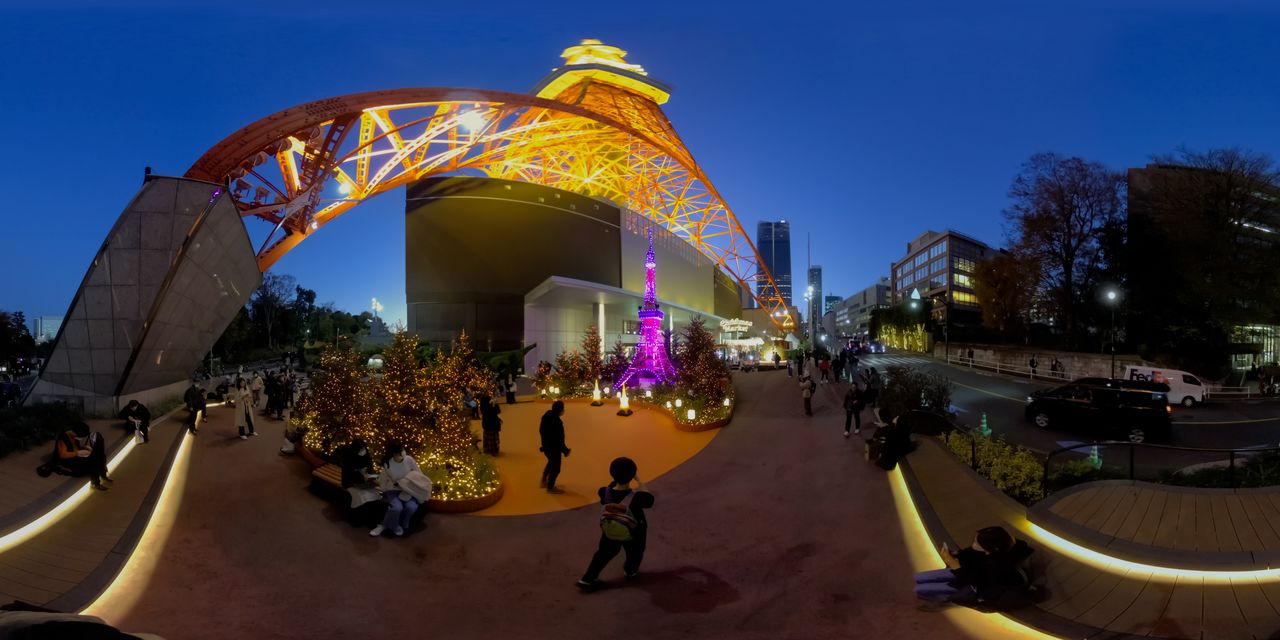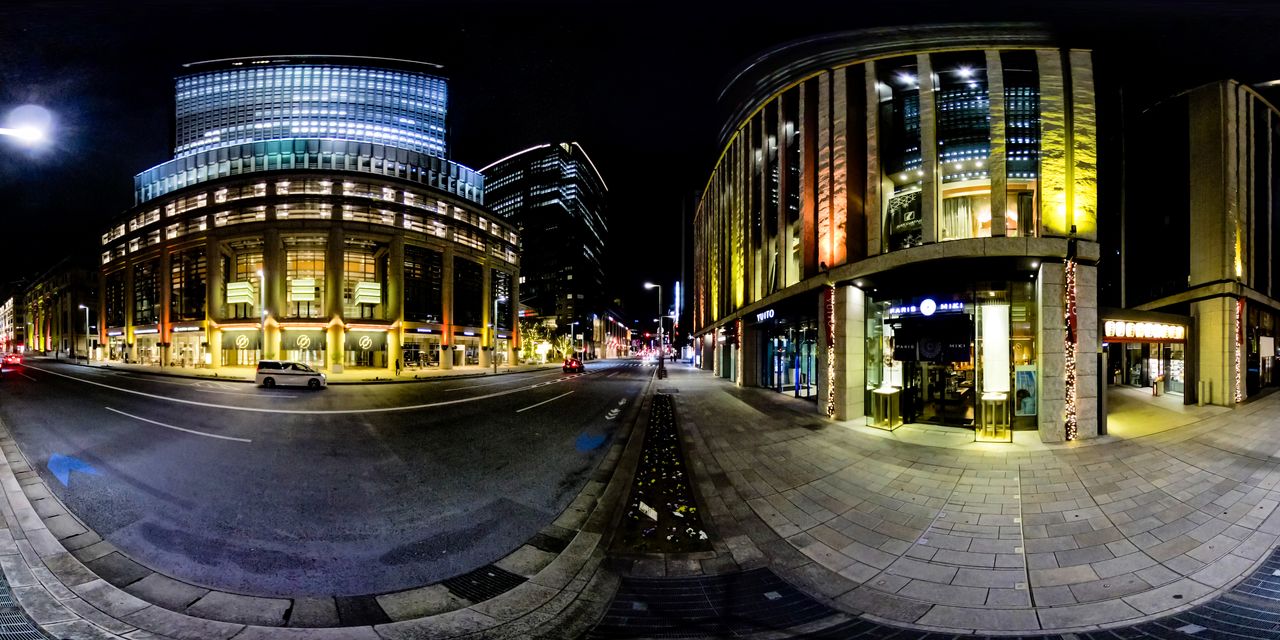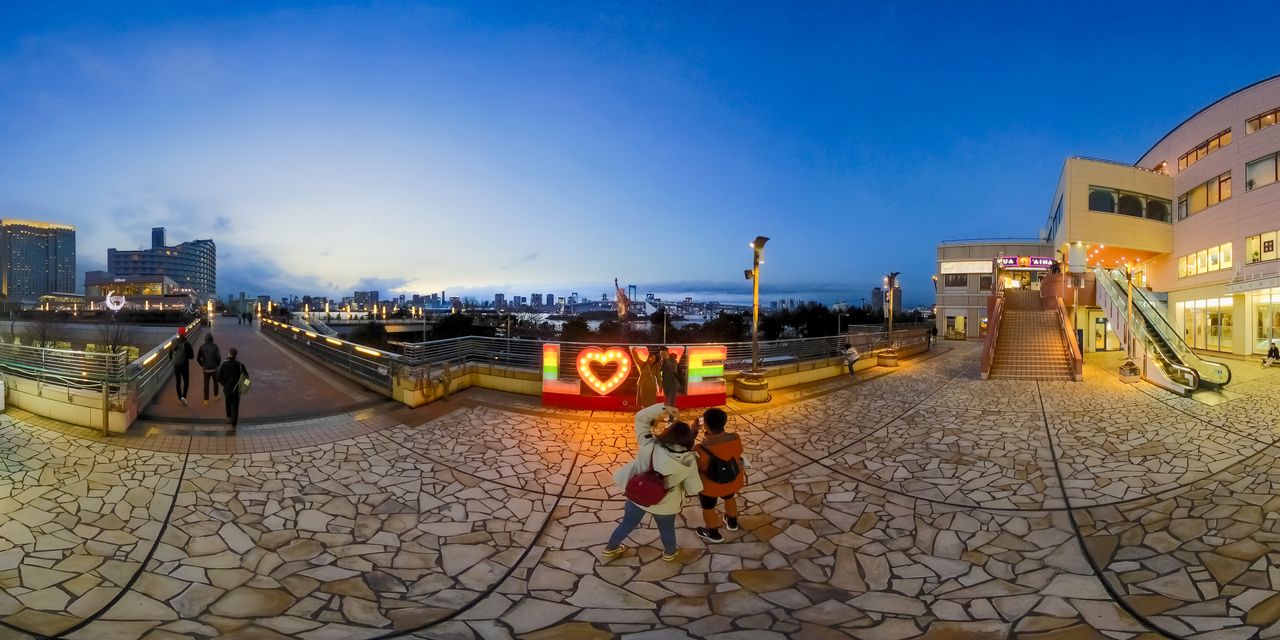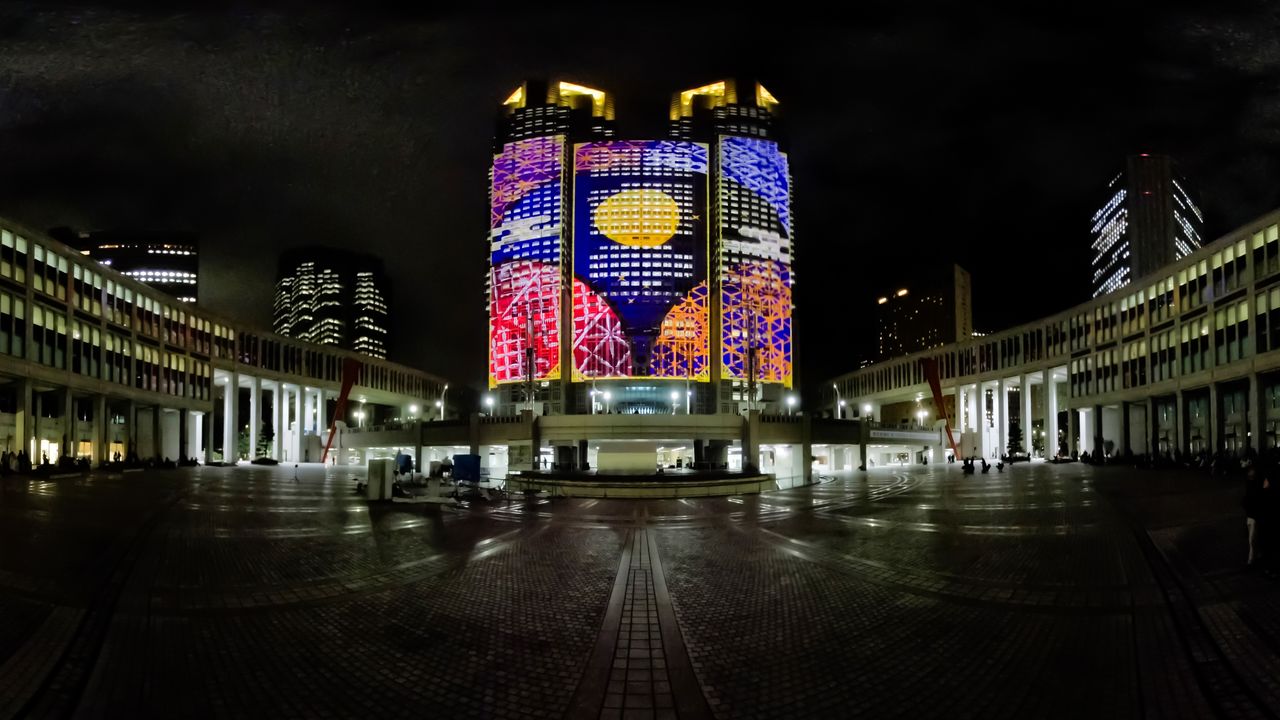
Tokyo Shines by Night: A VR Tour of Projection Mapping and Lighting Displays
JapanIn video
Images Guide to Japan- English
- 日本語
- 简体字
- 繁體字
- Français
- Español
- العربية
- Русский
◆Viewing the 360º video◆
- On PC, click and drag your mouse cursor to look around.
- In the YouTube app on your smartphone or tablet, the view changes with the movement of your device. You can also swipe to move the view around.
- Using VR goggles or headsets makes the experience all the more immersive!
A Multicolored City
Contrary to its image as a bustling megalopolis, much of Tokyo winds down at night. In a bid to liven up nightlife in the capital and bolster nighttime tourism, authorities in February launched Tokyo Night & Light, a projection mapping display on the Tokyo Metropolitan Government Office building in Shinjuku.
Tokyo Night & Light lights up the Tokyo Metropolitan Government Office building. The projection mapping display was recognized as the largest of its kind by Guinness World Records. (© Somese Naoto)
On winter evenings, seasonal-themed illuminations draw crowds of spectators. Premier attractions include the Roppongi Hills Keyakizaka blue and white lights, the champagne gold illumination lining Marunouchi’s Nakadōri running between Tokyo Station and the Imperial Palace, and the Blue Grotto along Shibuya’s Kōendōri.
The lighting display along Keyakizaka has been an annual winter event since the 2003 opening of the Roppongi Hills complex in Minato. Nearly 800,000 white and blue LED lights brighten a 400-meter stretch of road adjacent to the complex. (© Somese Naoto)
In Chiyoda, more than 1.2 million LED lights sparkle along Marunouchi’s Nakadōri between Gyōkōdōri, the main avenue connecting Tokyo Station to the Outer Garden of the Imperial Palace, and the Hibiya district. (© Somese Naoto)
In December, Blue Grotto Shibuya creates a festive mood with 770,000 lights decorating trees lining the street leading to Yogogi Park. (© Somese Naoto)
Other city landmarks like the orange-lit Tokyo Tower and the Tokyo Skytree, which features changing lighting schemes, are illuminated year-round.
Over 2,000 projectors light up the Tokyo Skytree in Sumida. The tower’s LEDs, designed especially for illumination displays, are visible up to 19 kilometers away but are installed in a manner to avoid light pollution. (© Somese Naoto)
In the daytime, Tokyo Skytree’s presents a white façade with bluish undertones, a traditional hue known in Japanese as aijiro, that helps it blend in with its surroundings. But things get colorful at night, with the tower’s lighting design repertoire consisting of the pale blue iki hue mirroring the waters of the Sumida River, miyabi, a pale lavender shade associated with the bluish-purple tint used in Edo period (1603–1868) days, and nobori, a color based on the auspicious orange tachibana color. These distinctive shades alternate with other lighting schemes used at different times of evening or on special occasions.
Tokyo Tower in Minato marked its sixty-fifth anniversary on December 23, 2023. A 10-meter-high “Little Tokyo Tower” illumination was set up to commemorate the event. (© Somese Naoto)
Most people think of Tokyo Tower as painted red and white. But a closer look reveals that the red shade is actually a yellow-red known as international orange, a standard color adopted to increase the tower’s visibility to aircraft. In the evening, this color shows as an even brighter orange that makes the tower look like a candle glowing in the night sky.
Nihonbashi in Chūō is one of Tokyo’s preeminent business and shopping districts, but the area sees much less foot traffic after nightfall. This makes the area a hidden gem as many landmark structures are illuminated, giving the streets a warm glow. (© Somese Naoto)
Seen from outer space, nighttime images of cities around the globe captured by circling satellites are said to be indicators of countries’ economic vitality. Looking at Tokyo, it is clear that Japan’s capital is still suffering the after-effects of the COVID-19 pandemic. Compared to 2019, satellite observations showed that nighttime brightness in 2023 had increased 3.2% in Paris and 1.4% in London. New York’s brightness was down 3.2%, but Tokyo had the largest decline, at 11.6%.
In Tokyo, there are fewer neon signs than in the past, and the metropolis has a comparative dearth of nighttime tourism. But cutting-edge lighting technology makes Tokyo an attractive leisure destination after dark, making an evening stroll a memorable experience.
The panorama from the one-seventh-size replica Statue of Liberty in Minato’s Odaiba encompasses the Rainbow Bridge and a collection of high-rises. Viewed from the observation deck at the statue’s feet, the sparkling city stretches endlessly before visitors’ eyes. (© Somese Naoto)
(Originally published in Japanese. Text by Nippon.com. Banner photo: Tokyo Night & Light, a projection mapping display on the Tokyo Metropolitan Government Office building in Shinjuku. © Somese Naoto.)
Related Tags
Tokyo Roppongi Shibuya Nihonbashi Shinjuku Marunouchi virtual reality

